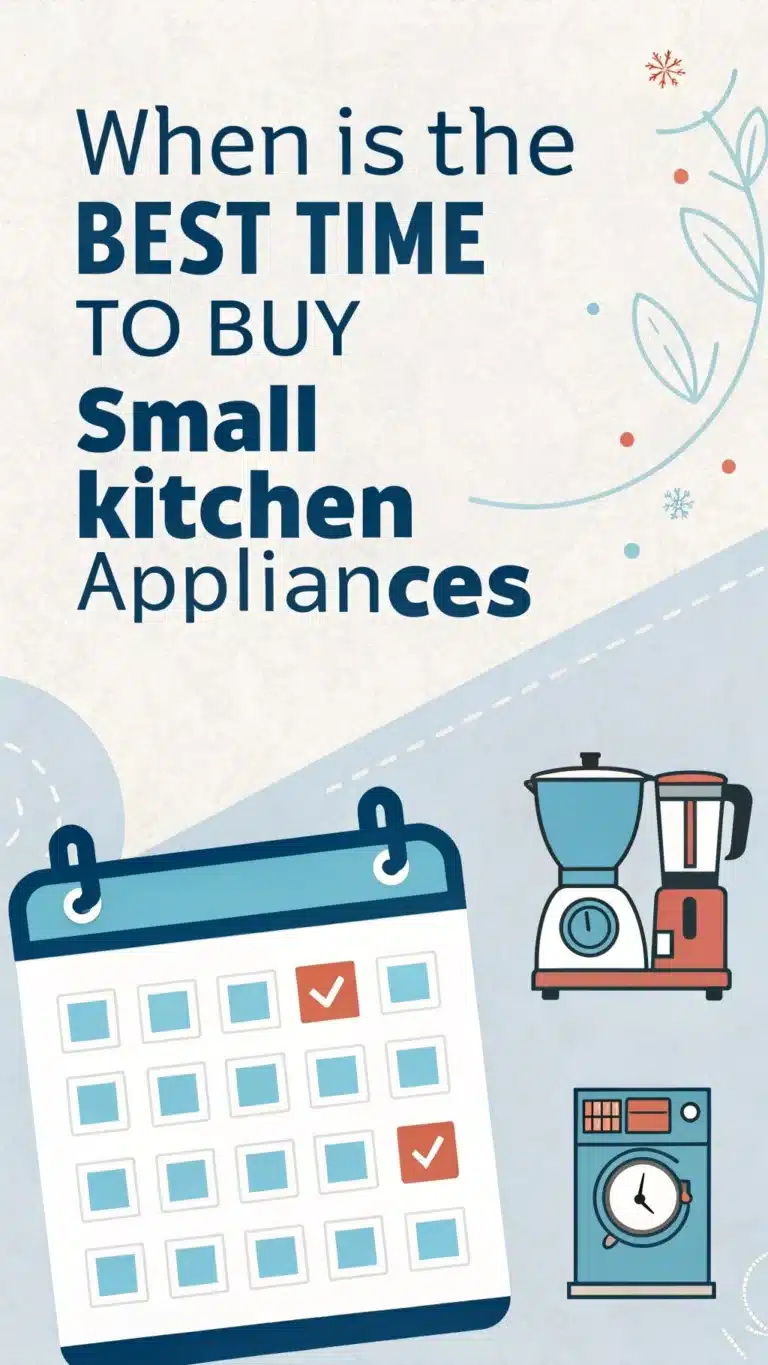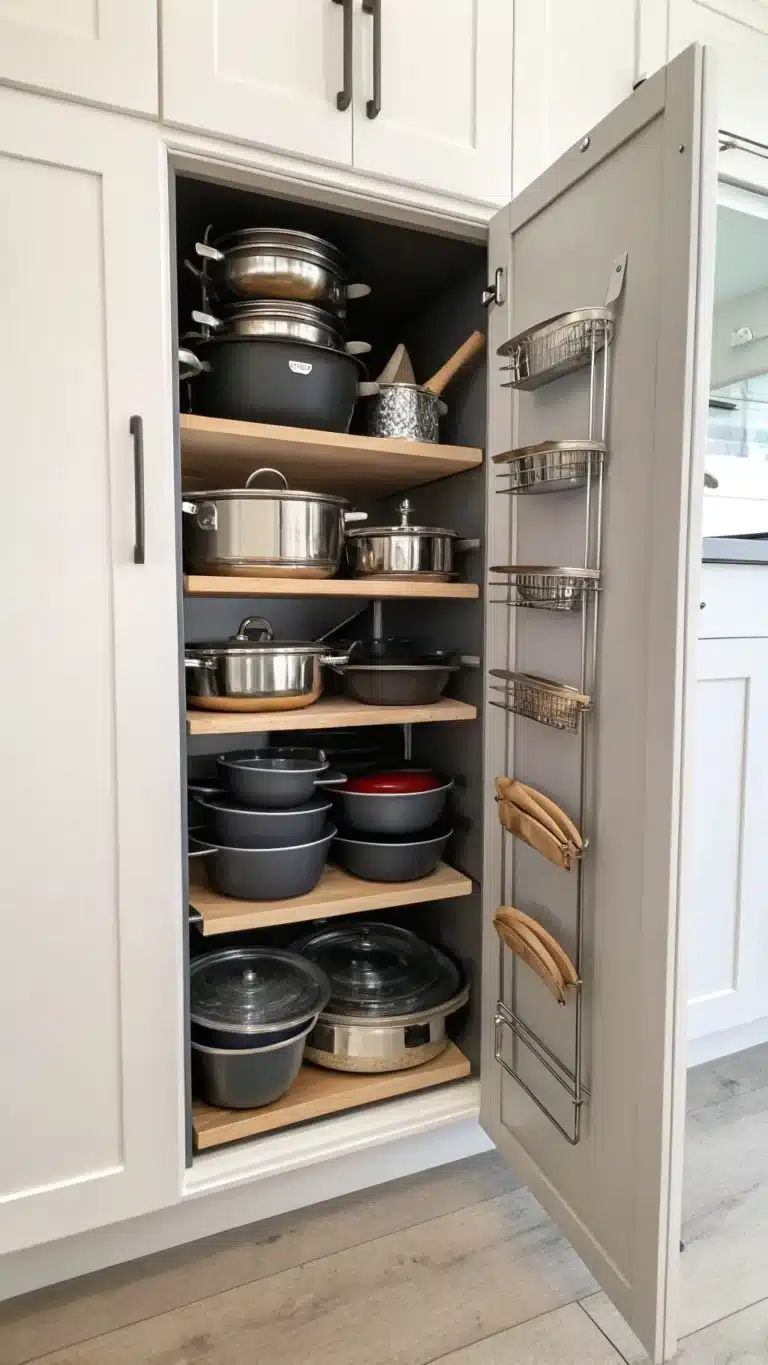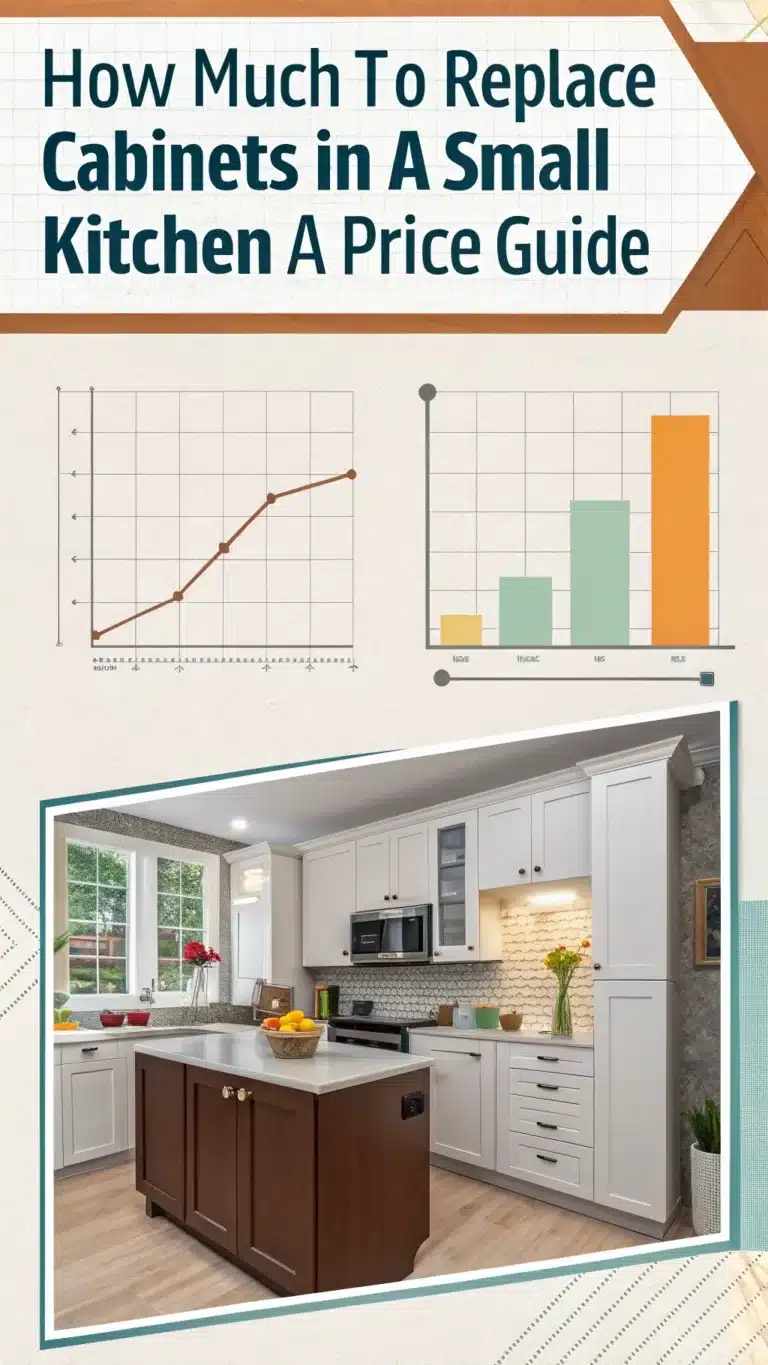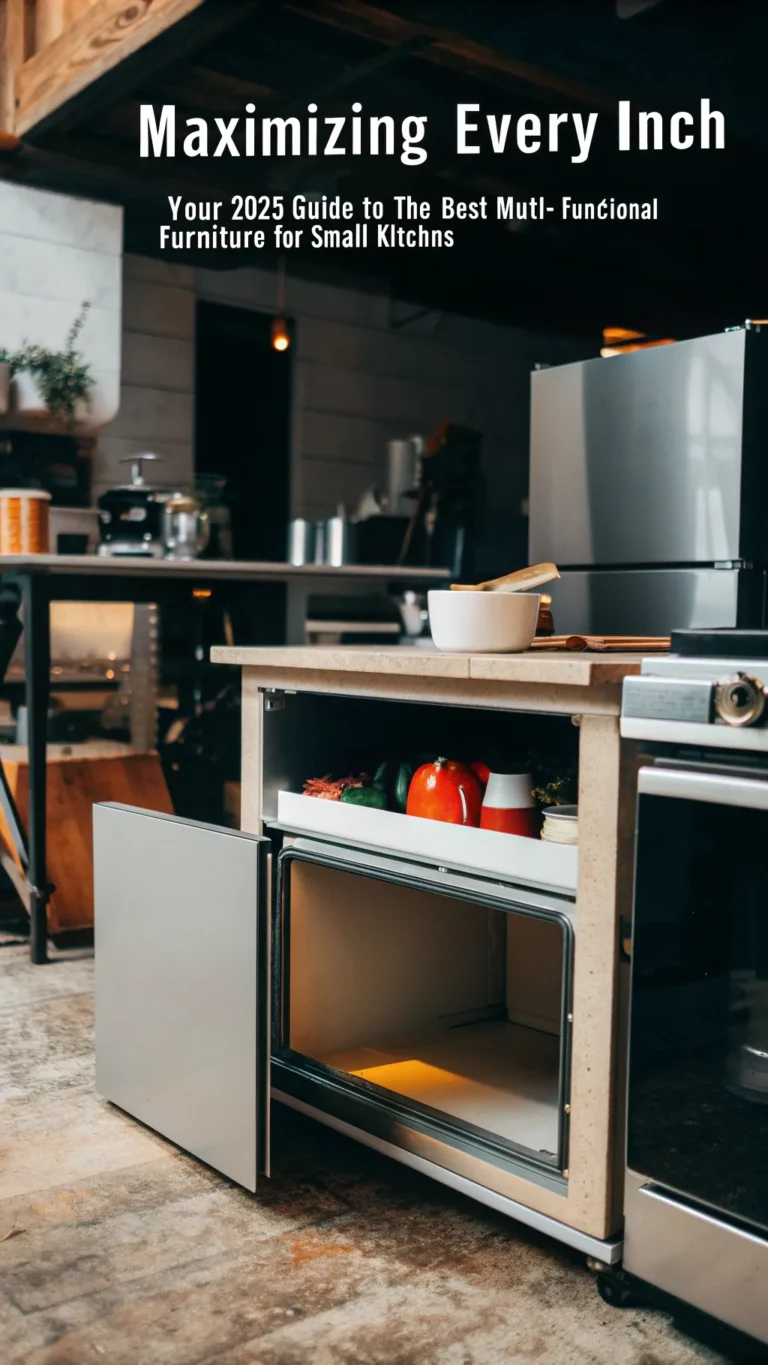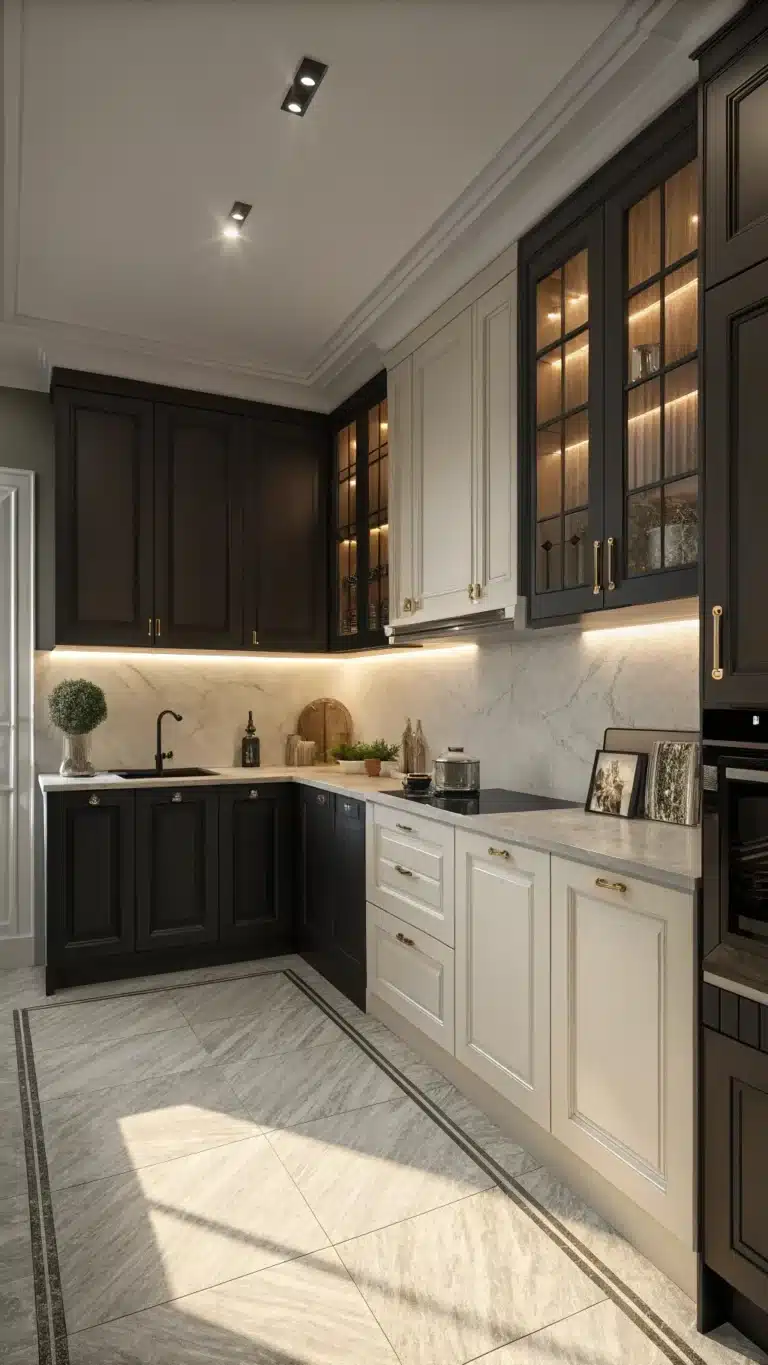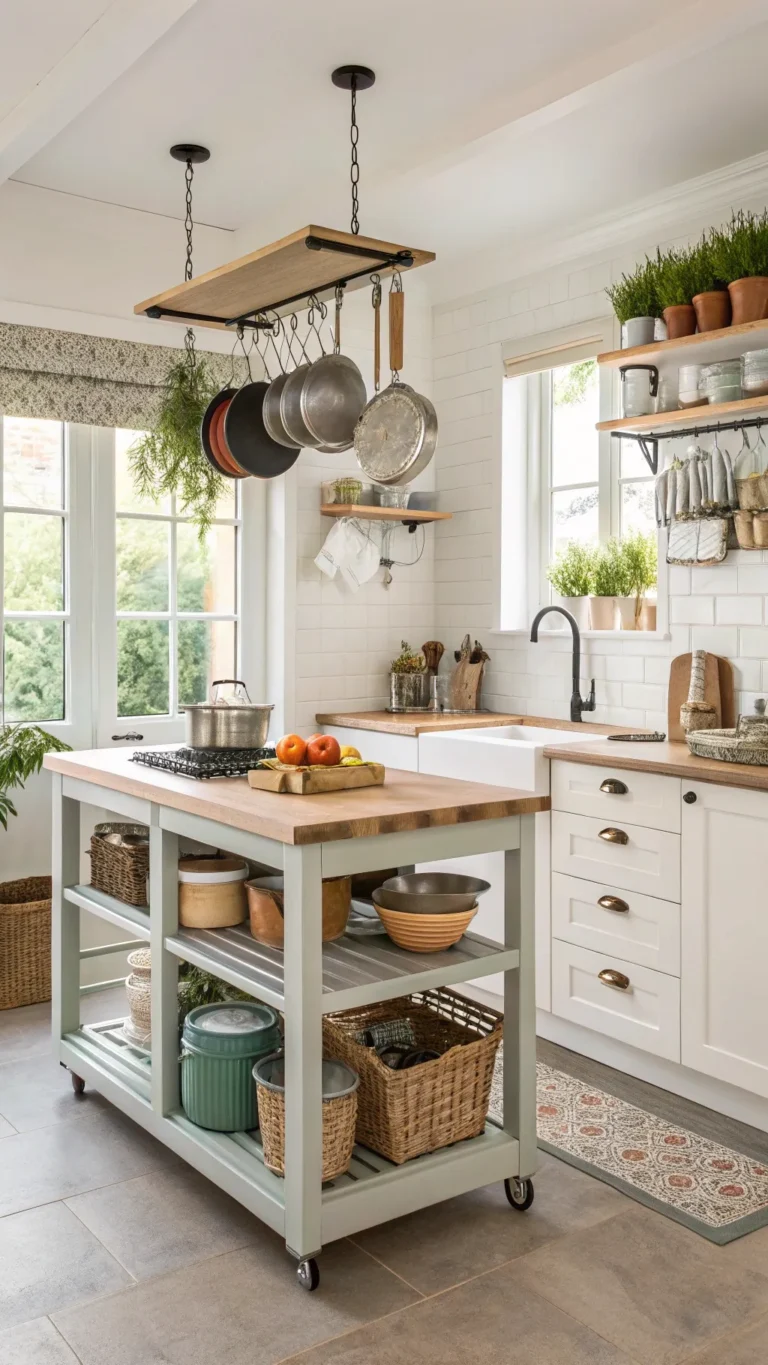Do you dream of cooking great meals? Does your small kitchen make you feel stuck? Maybe you trip over things. Counter space is missing. Storage is a challenge. I understand completely.
I have cooked in many tiny kitchens. It feels like a puzzle sometimes. You wonder, “What is considered a small kitchen anyway?” It is not just about size. It is how it works for you. It is about feeling cramped. Limited space makes cooking hard.
But don’t worry! I can show you how to thrive. A small kitchen can be amazing. We will make it work for you. I will share my best kitchen organization tips. We will look at smart tools too. These are great cooking hacks. We will also cover clever cooking methods. I have simple recipe ideas for small spaces. Get ready to love your kitchen again.
Defining the “Small Kitchen”: More Than Just Square Footage
Many people ask, “What is considered a small kitchen?” It is not just about the size. Square footage gives you a number. Maybe it is less than 100 square feet. Some apartments have kitchens under 70 square feet. But size is only part of the story.
A small kitchen is often about how it feels. Do you have room to move? Is there space to chop vegetables? Can you store your pots and pans? It feels small when it does not work well. Limited counter space is a big sign. Not enough cabinets is another. Awkward layouts make things tricky. Cooking with someone else can be impossible.
Cooking in a small kitchen brings challenges. Prepping food needs space. Where do you put ingredients? Storing tools is hard. Appliances take up room. Clutter piles up fast. It feels overwhelming easily. Some cooking needs big equipment. That is tough in tiny spaces. Cleaning can feel endless.
These challenges matter a lot. They can make cooking less fun. You might avoid trying new recipes. Meal choices get limited. This can even affect what you eat. My goal is to help you fix this. We will turn problems into solutions. You can cook great meals anywhere.
Assess your own kitchen now. What bothers you most? Is it the lack of counter space? Is storage the biggest issue? Knowing your pain points helps a lot. We can solve those specific problems.
Mastering Small Kitchen Organization: Reclaiming Your Space
Good organization is key. It helps you use every inch. Start by looking at everything. What do you use often? What sits there collecting dust? Get rid of things you do not need. This is like a minimalist kitchen idea. Do you have two spatulas but only use one? Keep the favorite one. Let go of the other. Store non-kitchen items somewhere else. Kitchen space is precious.
Think up high and down low. Vertical space is your friend. Install shelves on walls. You can hang pots and pans. Knife strips save counter space. Spice racks go on the wall too. Over-the-door storage works well. This uses space you forget about.
Cabinets and drawers need help too. Use shelf risers inside. Stackable containers save room. Drawer dividers keep things neat. Store items where you use them. Put spices near the stove. Keep cutting boards near the counter. Pot and pan organizers stack items neatly.
Keep your counters clear. Store appliances away. Put them in cabinets or on shelves. A cutting board over the sink adds space. Use it for chopping. Mobile islands add temporary workspace. You can move them later.
Pantry hacks are important. Pour dry goods into containers. This saves space. It keeps food fresh too. Use vertical organizers for cans. Always use older items first. This is “first-in, first-out.” It prevents waste.
Look for smart storage trends. Some new tools are modular. They fit together well. Apps can help track food. This means less waste. It also helps you see what you have. Good organization makes a small kitchen feel bigger.
Start small with organization. Pick one drawer. Make it perfect first. Then move to a cabinet. Small wins build momentum.
Essential Space-Saving Tools & Smart Gadgets for Compact Kitchens
In a small kitchen, less is often more. Focus on tools that do many jobs. Multi-functional items are your best friends.
An immersion blender is great. It blends soups in the pot. It can whip cream or make sauces. It replaces a big blender. A good chef’s knife is vital. You do not need a whole knife block. A few key knives work well. Nesting bowls stack inside each other. Measuring cups that nest save space. Stackable cookware sets are designed for this. Sheet pans are very useful. You can roast meat and veggies together.
Compact appliances have big impact. Do they save space overall? Think about that trade-off. An air fryer or toaster oven combines functions. It can bake, toast, and air fry. Instant Pots or multi-cookers are amazing. Cook full meals in one pot. This saves stove and oven space. They make quick meals easy. Small food processors are good too. They chop and mix small amounts. A 2025 trend is smart appliances. They connect to your phone. They might cook more efficiently.
Clever gadgets help a lot. Magnetic knife strips go on the wall. This saves counter space. Over-the-sink racks dry dishes. They also rinse vegetables. Collapsible colanders fold flat. Storage containers can collapse too. Herb scissors cut herbs fast. Small tools like these are useful.
Let us compare some things. A knife block takes up counter space. A magnetic strip hangs on the wall. A big blender needs counter space. An immersion blender stores in a drawer. An over-the-sink rack is better than a big drying rack.
Here is a story about tools. My friend Sarah lives in a small apartment. Her counter space was tiny. She only had a basic stove. She wanted to cook healthy meals. But her kitchen felt cluttered. Cleanup took forever.
Sarah bought a multi-cooker. Like an Instant Pot. She also got nesting bowls. She put up a magnetic knife strip. She prepped food on a cutting board. It fit over her sink. Her good knife made chopping easy. She used the multi-cooker for one-pot meals. Soups, stews, even rice cooked in it. The nesting bowls stacked neatly. The knife strip cleared her counter.
Sarah used fewer pots and pans. Cleanup was much faster. Her counter had more space. She could make quick meals easily. Even in what is considered a small kitchen, tools helped her. The right tools make a huge difference.
Think about one tool you need. What would make cooking easier? Maybe a multi-cooker? Or some nesting bowls? Choose one and see the change.
Smart Cooking Techniques & Meal Prep for Limited Kitchens
Cooking in a small space means thinking differently. Use techniques that need less stuff. Less equipment means less clutter.
One-pot meals are perfect. Cook everything in one pot. Think stews, chili, pasta dishes. Sheet pan meals are easy. Roast meat and veggies on one pan. Stir-frying is fast. It uses just one pan. Steaming is healthy. You can stack steamer baskets. Using the oven helps. It keeps the stovetop clear.
Techniques can reduce mess. Prep all your ingredients first. This is “mise en place.” Use small bowls for this. Stack them when done. Clean as you cook. This is super important. Small spaces get messy fast. Sometimes you can prep food outside the kitchen. Chop veggies at a table. Get creative with space.
Meal prep helps a lot. Should you cook full meals ahead? Or just prep ingredients? Batch cooking makes several meals. Batch prepping gets ingredients ready. Maybe cook grains ahead. Roast a big batch of veggies. Cook some chicken or beans. Store them in containers. Use your fridge and freezer well. Label everything clearly. Plan your meals for the week. This saves space and money. You use ingredients efficiently.
Many recipes work well. Look for “one-pan chicken.” Search for “quick lentil soup.” Try “sheet pan fajitas.” These are made for small spaces.
New trends focus on less waste. Sustainable cooking is popular. Meal prep helps with this. You buy only what you need. Efficient cooking uses less energy. These ideas fit small kitchens well. Cooking smart helps you cook green.
Try a one-pot meal this week. Or make a sheet pan dinner. See how much space it saves. It makes cooking simpler.
Designing Your Small Kitchen for Maximum Functionality
Design plays a role too. Even small changes help. The layout matters. Think about how you move. Where do you prep food? Where do you cook? Where do you wash dishes? A good workflow saves steps.
Lighting makes a difference. Bright lights make a space feel bigger. Dark corners feel cramped. Use light colors on walls. Light colors reflect light. This makes the kitchen feel open.
Choose smart appliances. A counter-depth fridge does not stick out far. A slim dishwasher fits better. Built-in solutions save space. A pull-out pantry is great. A built-in cutting board helps.
Even small design tweaks help. They make what is considered a small kitchen feel better. They make it work harder for you. You can cook more easily.
Common Questions About Small Kitchens
People often ask about cooking in small spaces. Here are some answers. I hear these questions a lot.
What is the absolute minimum counter space considered functional in a kitchen?
There is no perfect number. It depends on how you cook. You need space to prep food. You need space for ingredients. A small area, maybe 3 feet wide, can work. I make it work with less sometimes. You just need a solid surface.
How can I store bulky appliances like a stand mixer or blender in a small kitchen?
Bulky items are tricky. Store them away from the counter. Put them in a lower cabinet. Use a sturdy shelf in a pantry. Some people keep them elsewhere. Maybe a closet or garage? Pull them out only when needed. This is good kitchen storage.
Can I still host guests or cook for a family in what is considered a small kitchen?
Absolutely, yes! I cook for groups in tiny spaces. Plan your meal carefully. Choose recipes that use less space. Make quick meals. Prep ahead of time. Use efficient cooking methods. Sheet pan meals are great. One-pot dishes help a lot. It is about smart planning.
What are the best types of meals to cook if I have very limited ventilation?
Cooking methods matter here. Avoid frying if you can. Frying creates a lot of smoke and smell. Steaming is good. Baking or roasting works well. Use your oven more. Simmering soups or stews is fine. These are good recipe ideas.
Is a minimalist approach necessary to survive in a tiny kitchen?
It helps a lot. You do not need to be extreme. Just be mindful of what you keep. Do your tools do many jobs? Do you use everything? Keep only what you truly need. It makes kitchen organization easier. It helps you feel less crowded.
Conclusion
We talked about small kitchens. We saw what is considered a small kitchen. It is more than just size. It is about the space you have. It is about how it works for you.
You learned smart ways to organize. Kitchen organization makes a big difference. We looked at tools that save space. We explored clever cooking techniques. These culinary tips help in tiny areas.
Cooking in a small space is possible. You can make great meals. You can enjoy your time cooking. Do not let the size stop you.
Try one new idea today. Maybe clear one counter. Get one multi-use tool. Cook a sheet pan dinner. Take a small step. You can cook big in your small kitchen.

